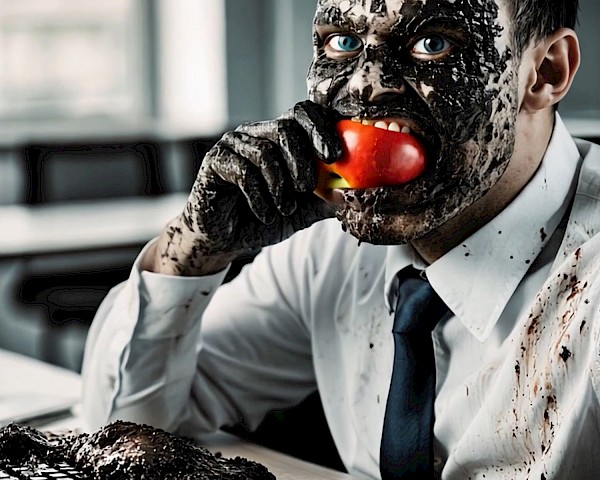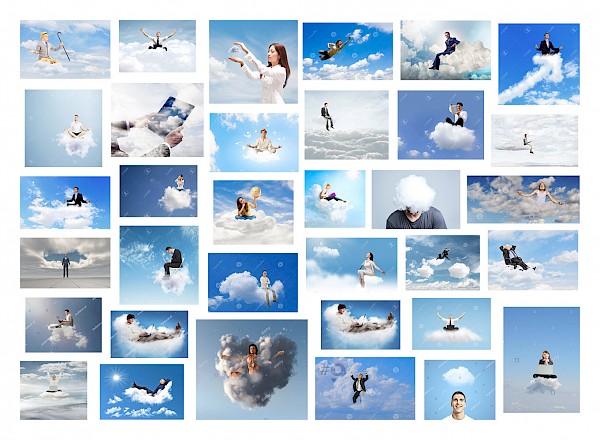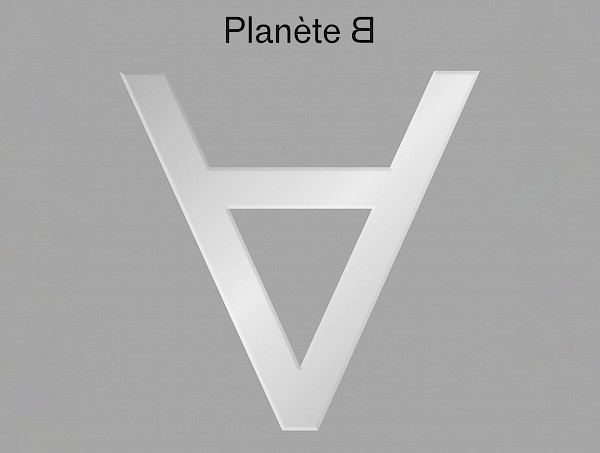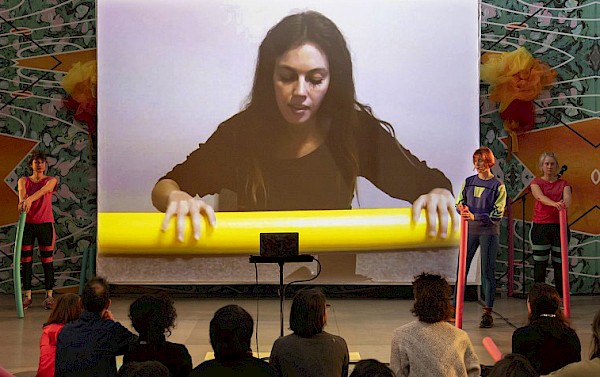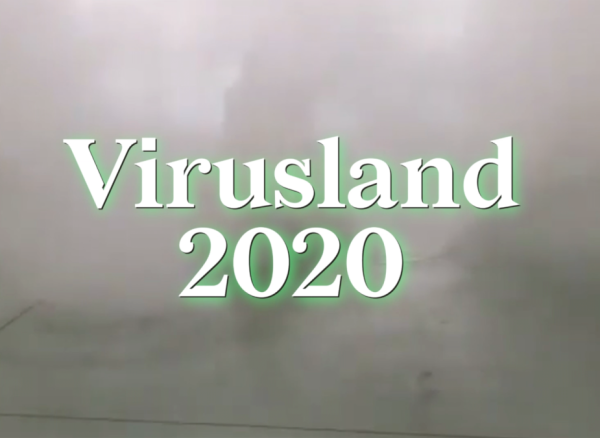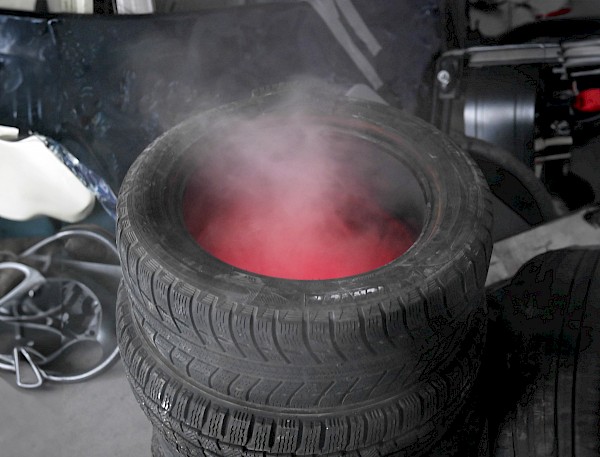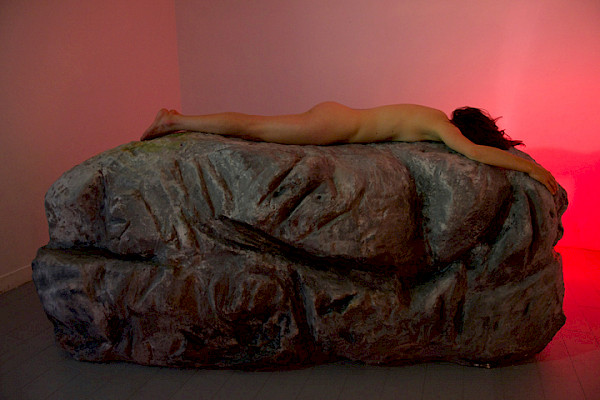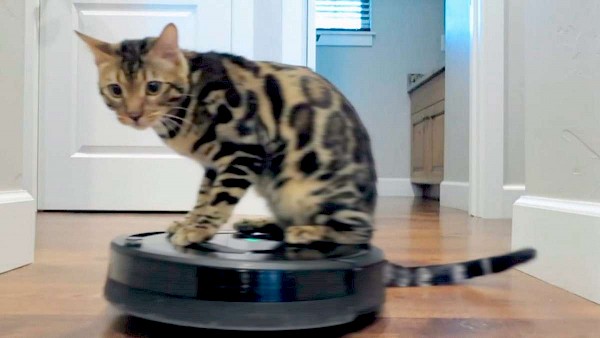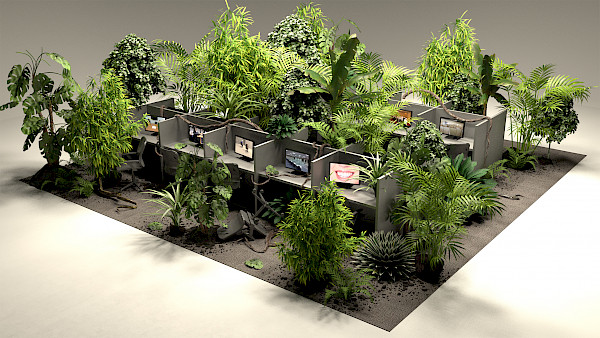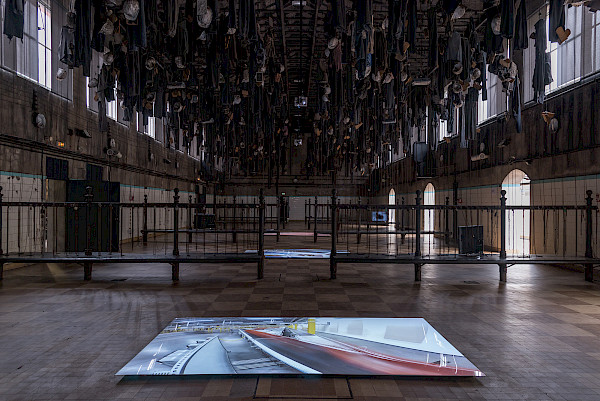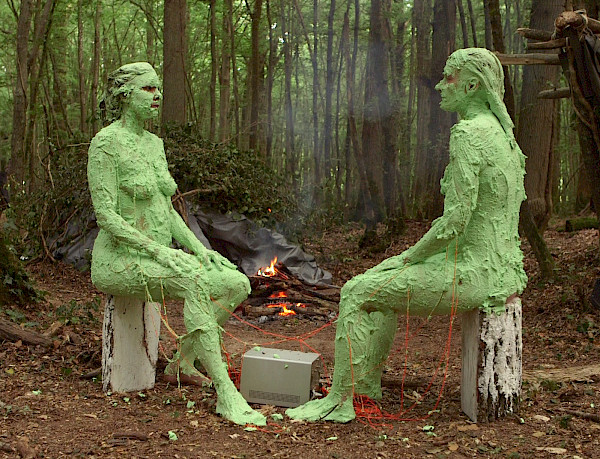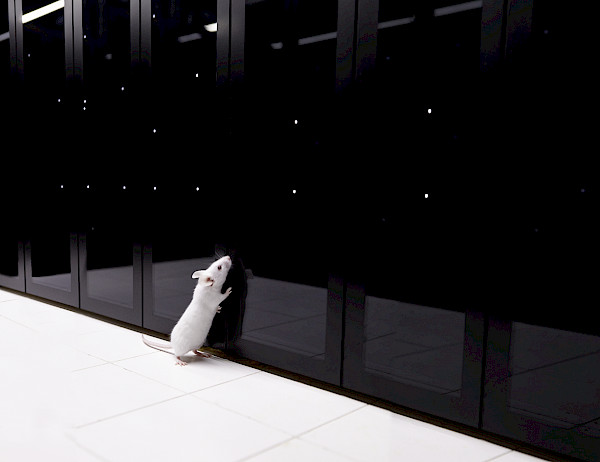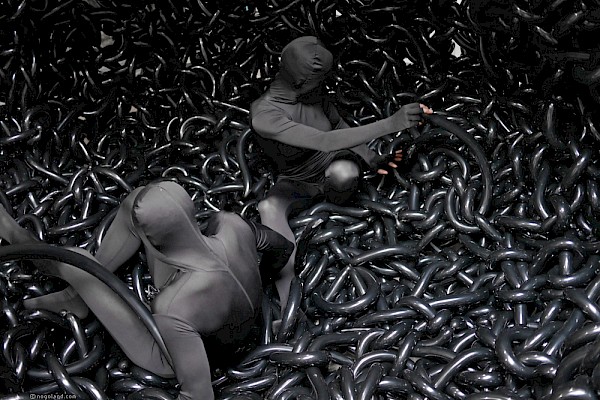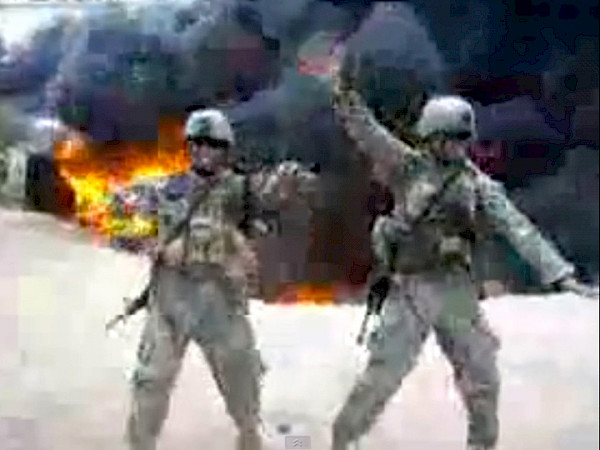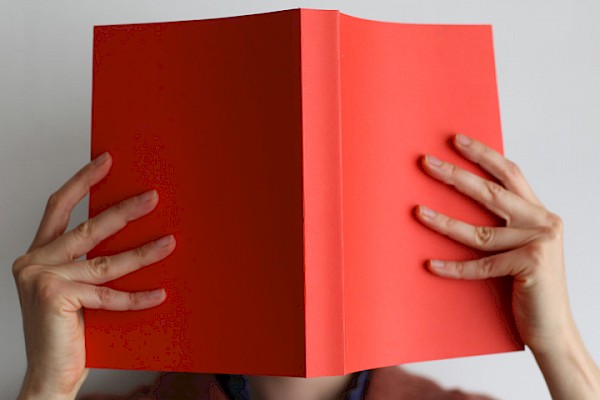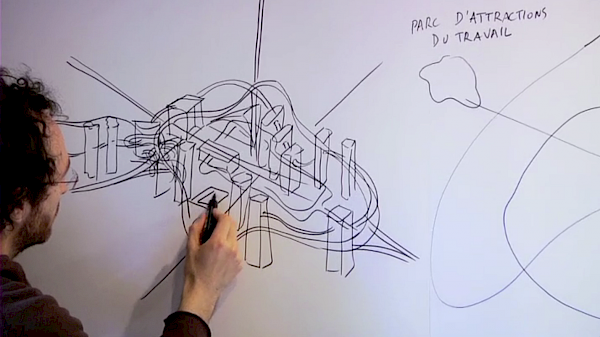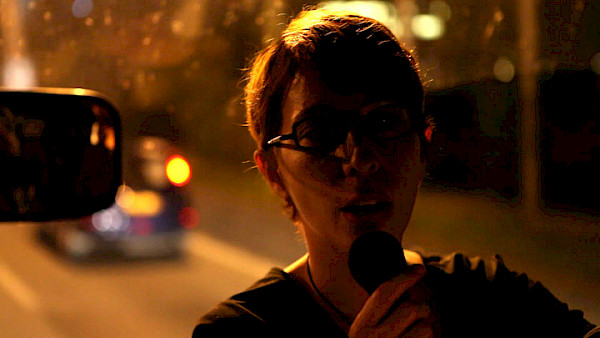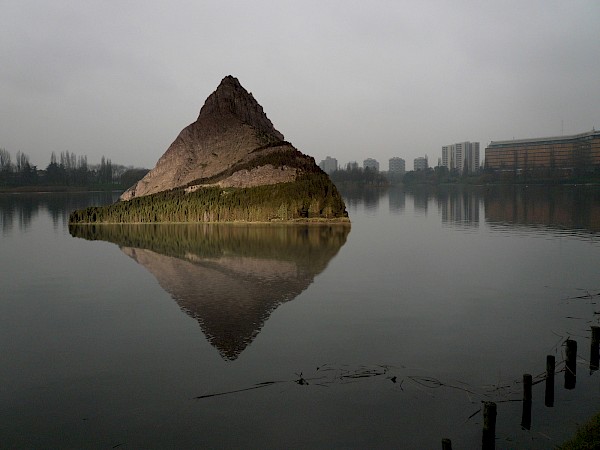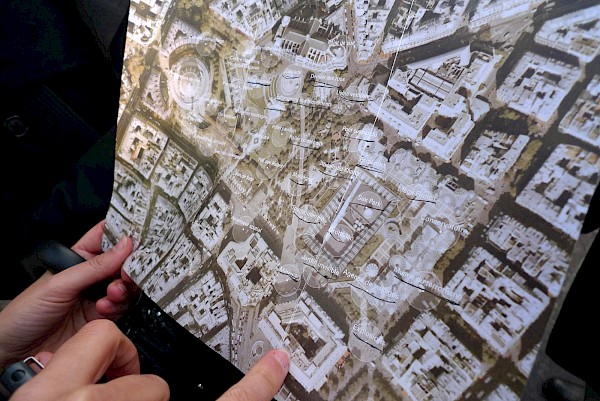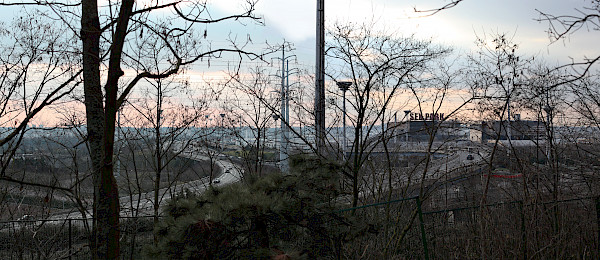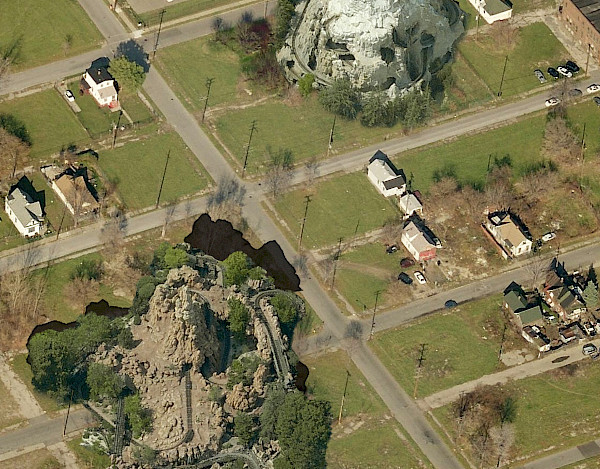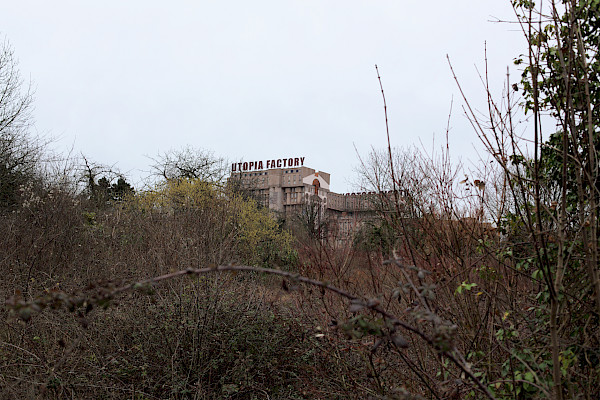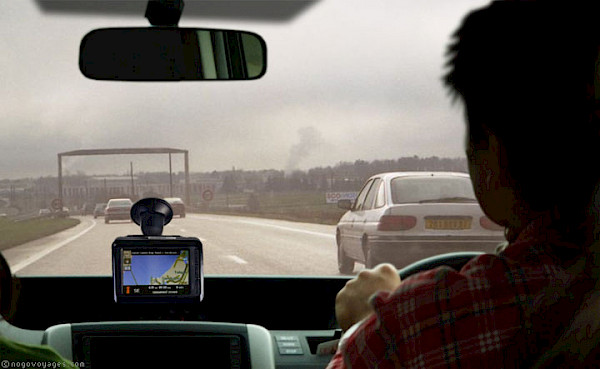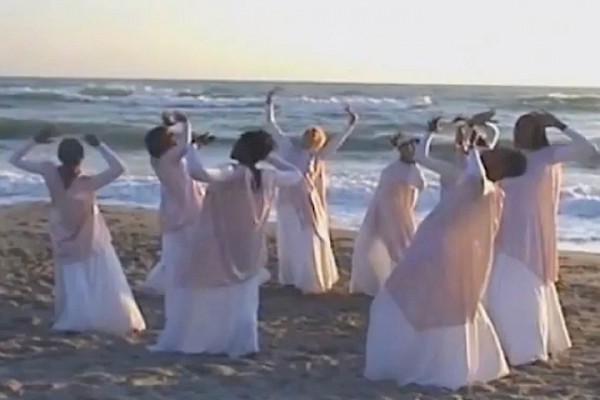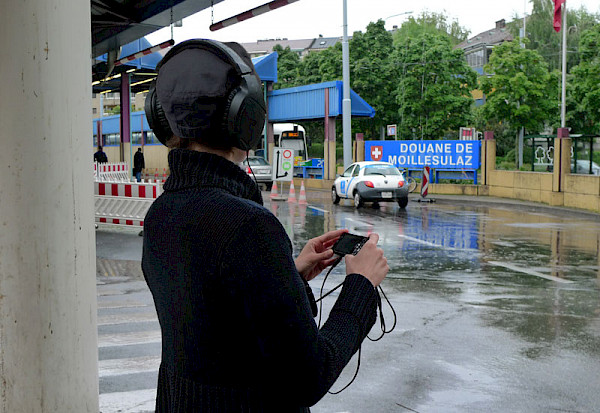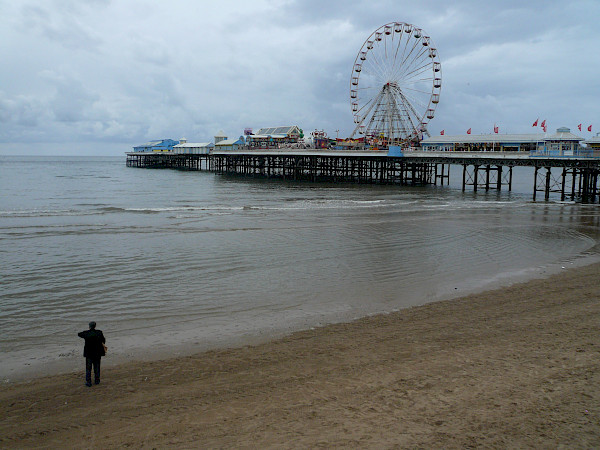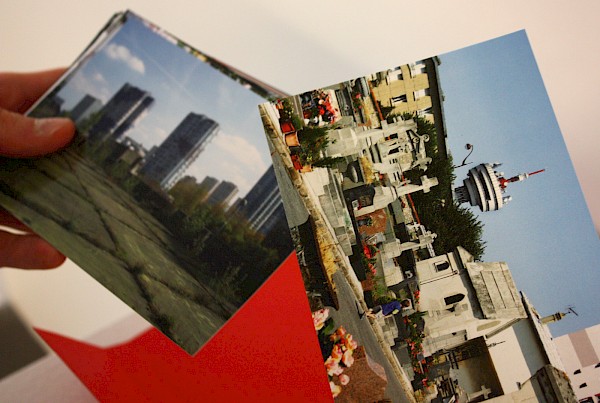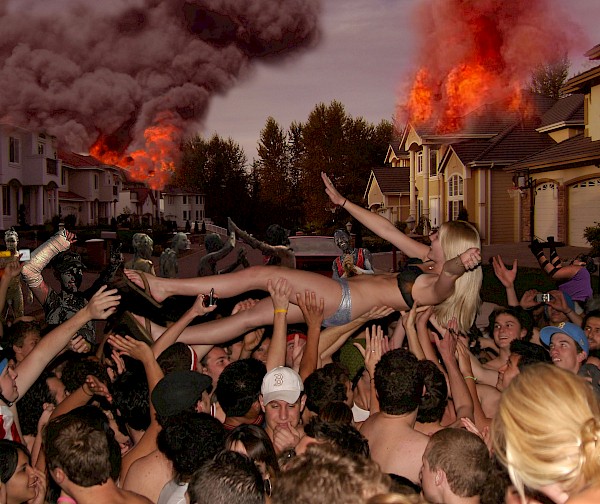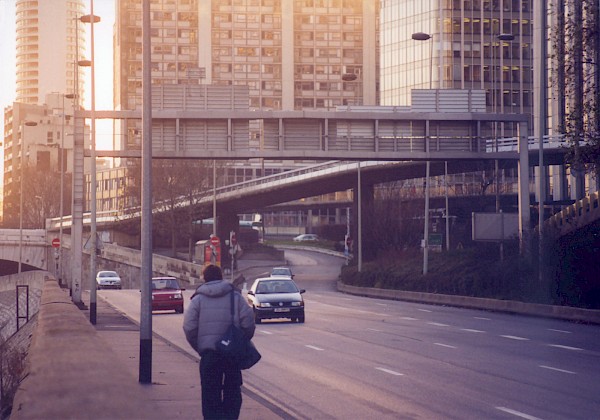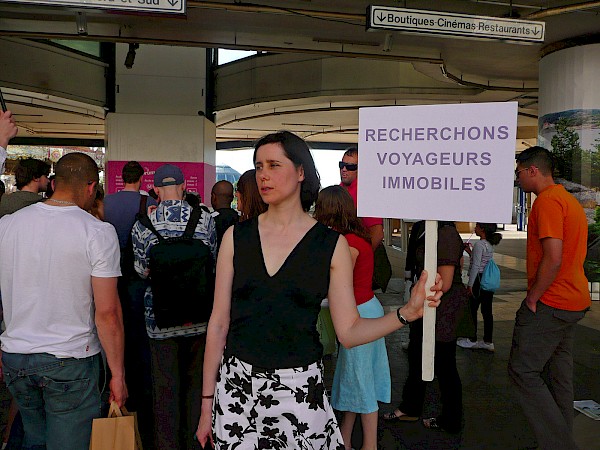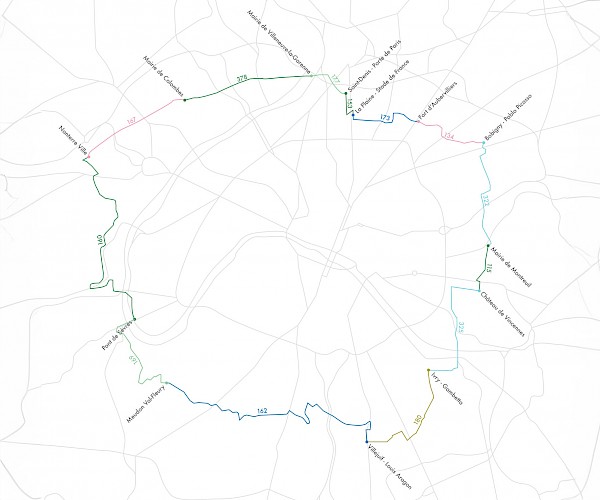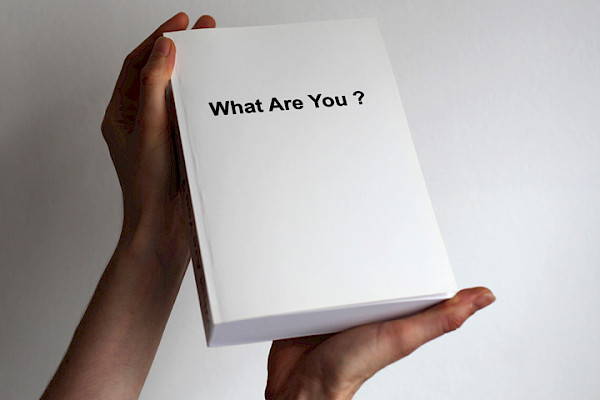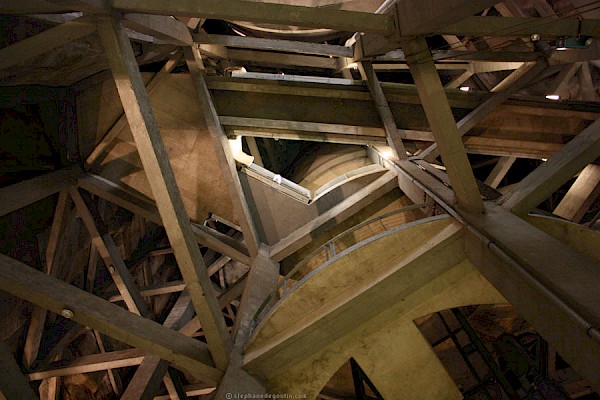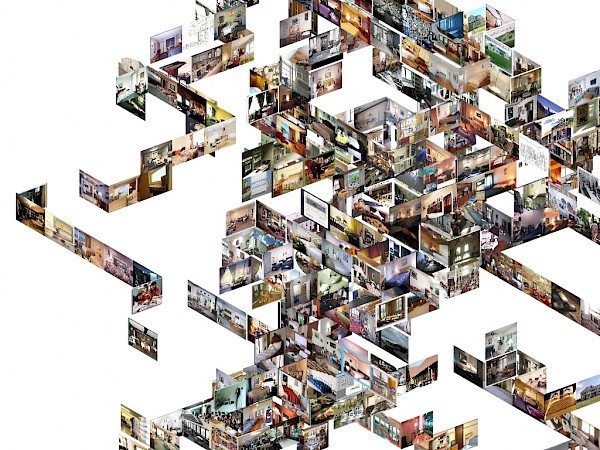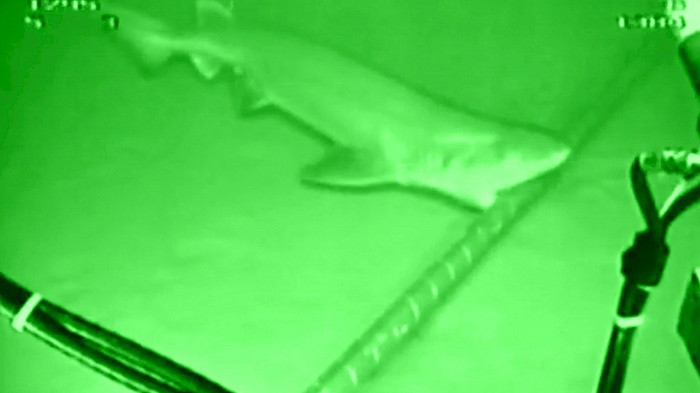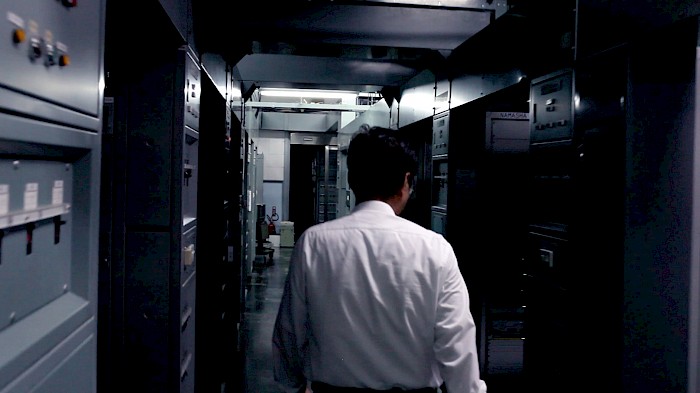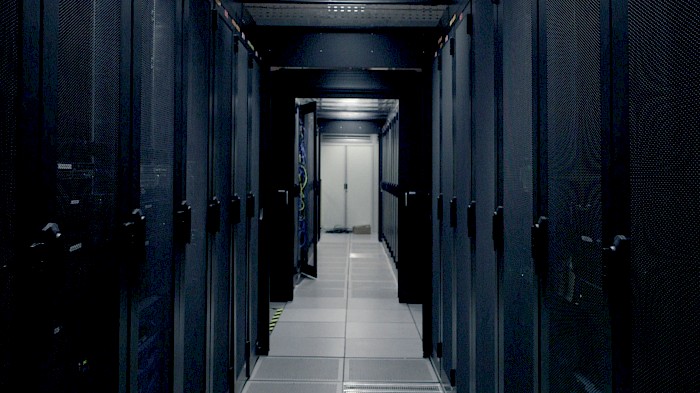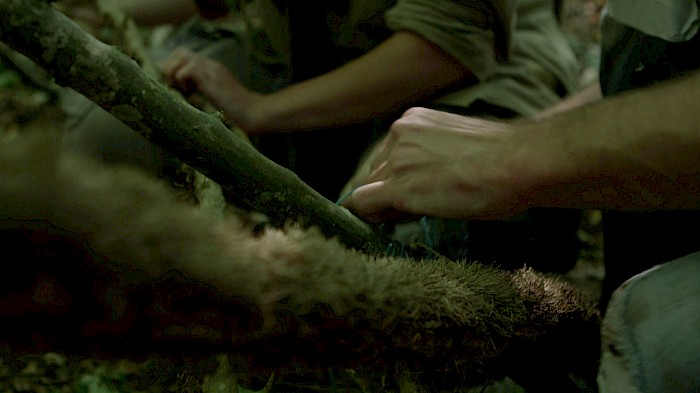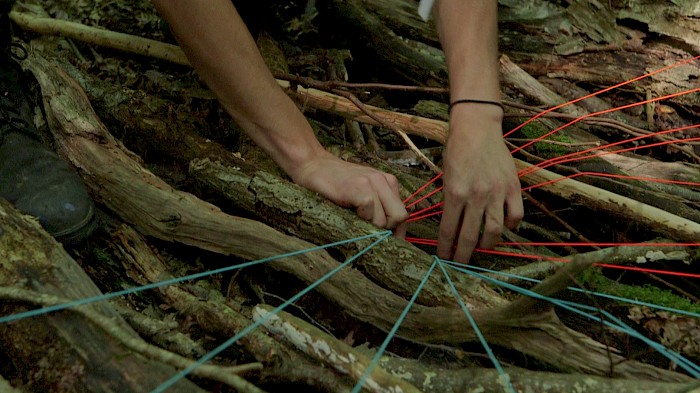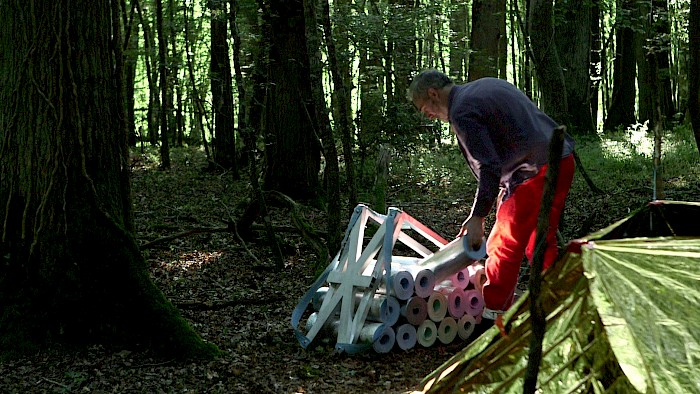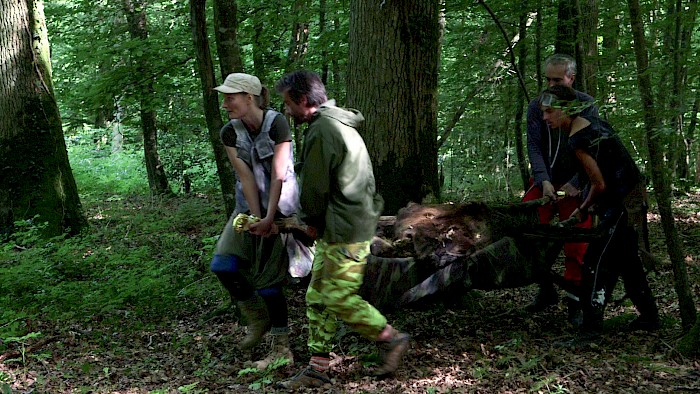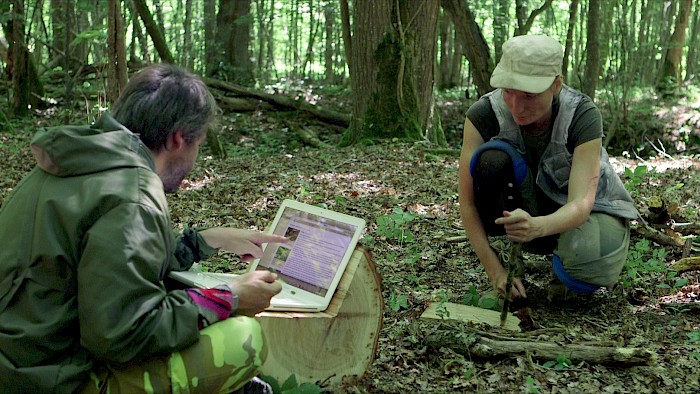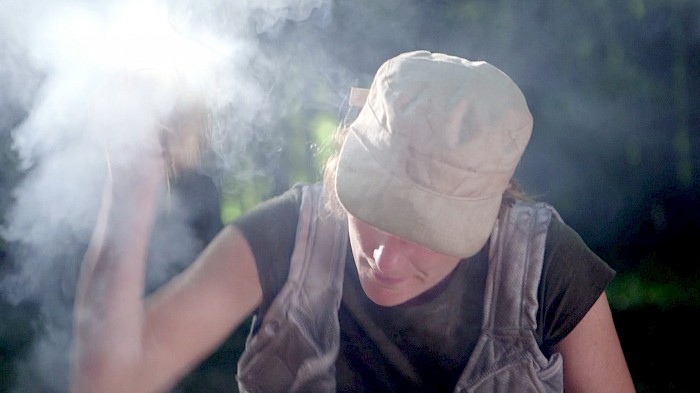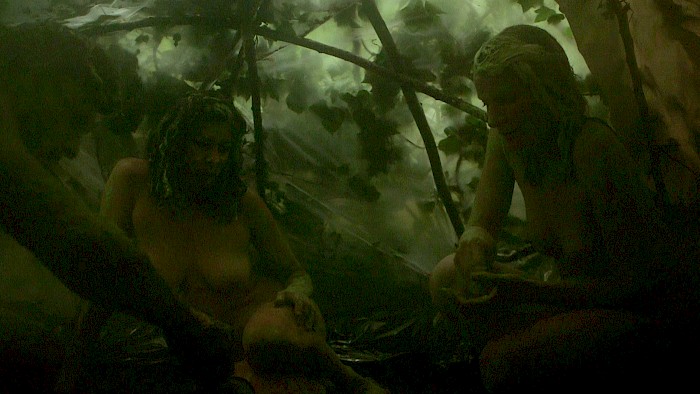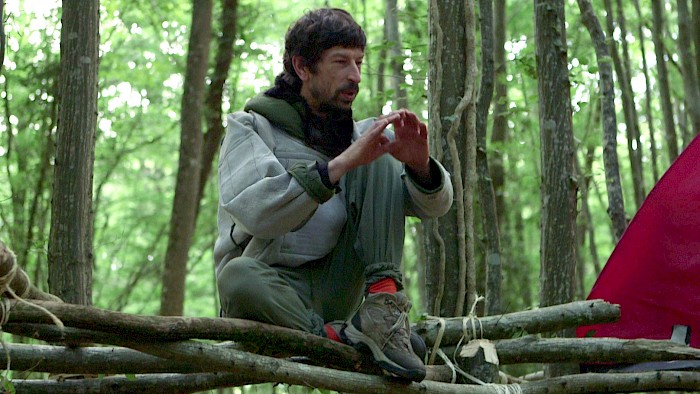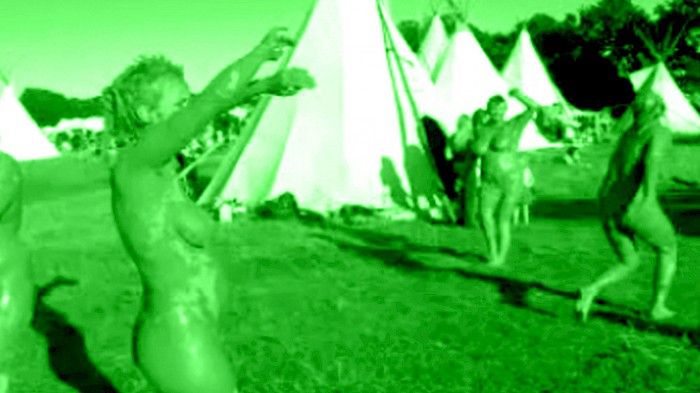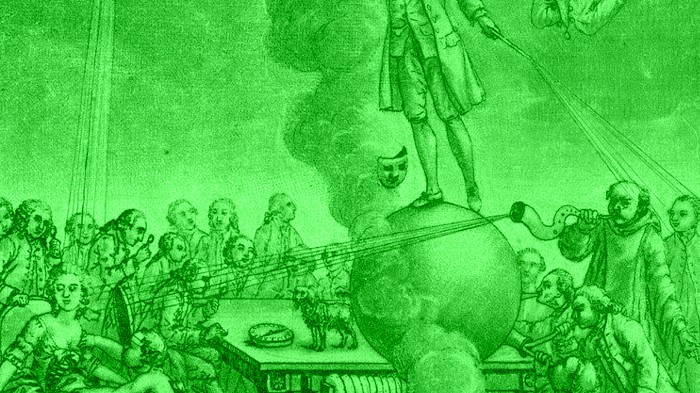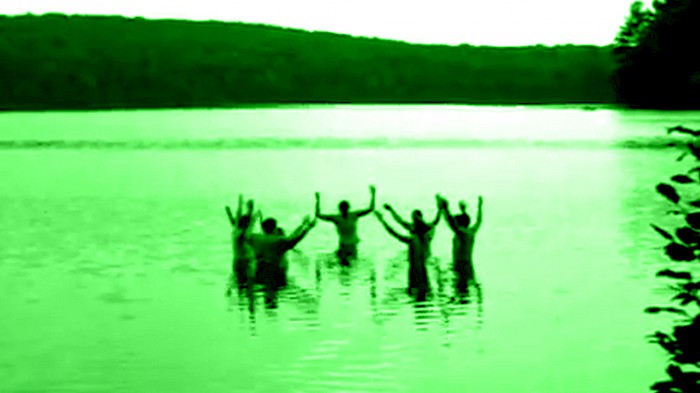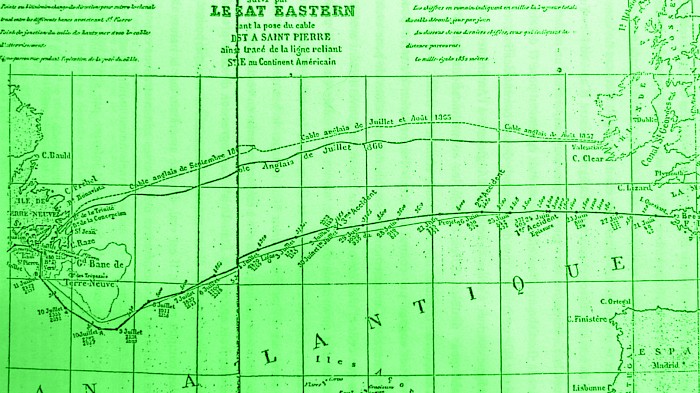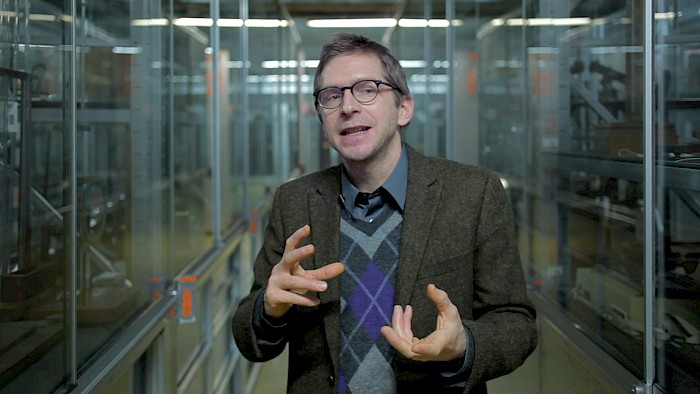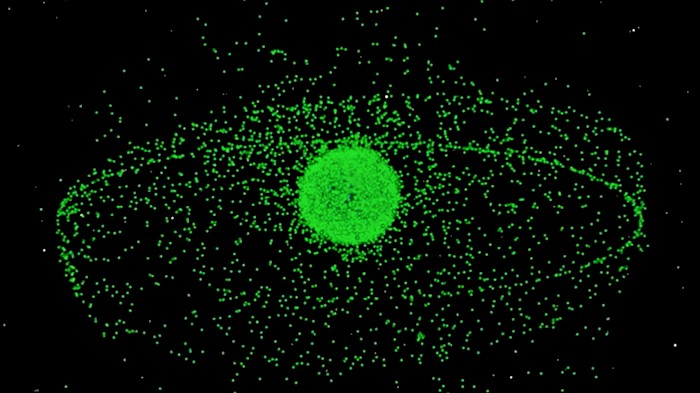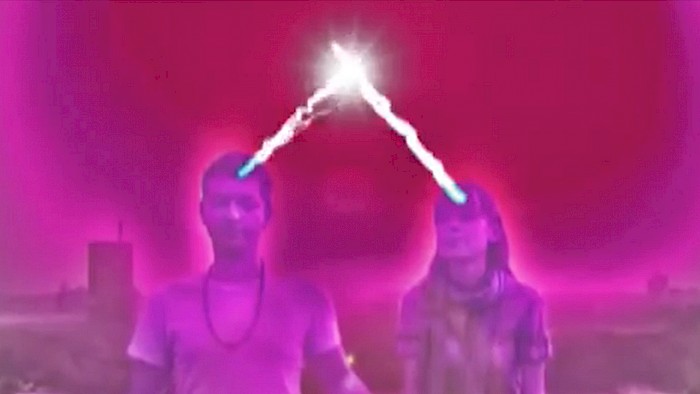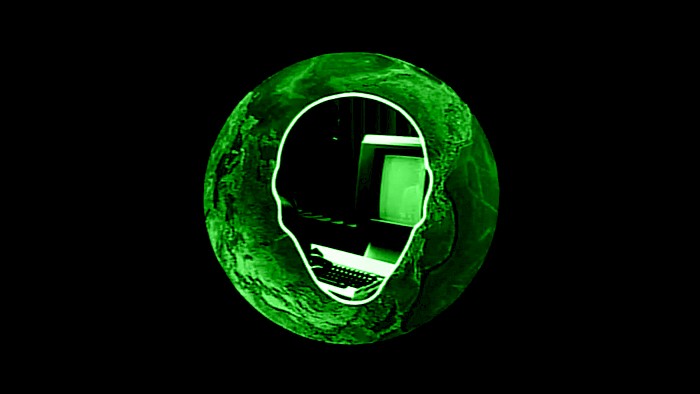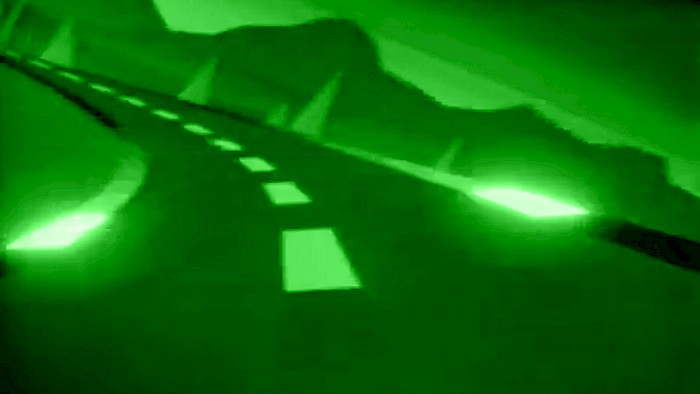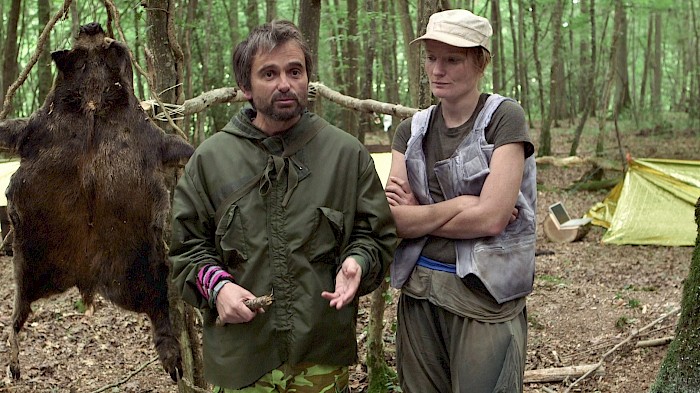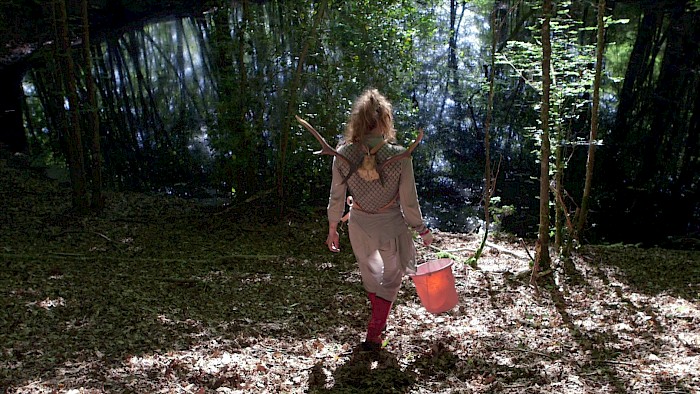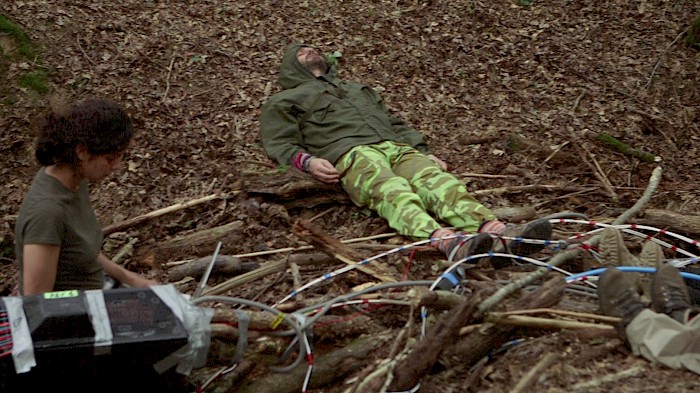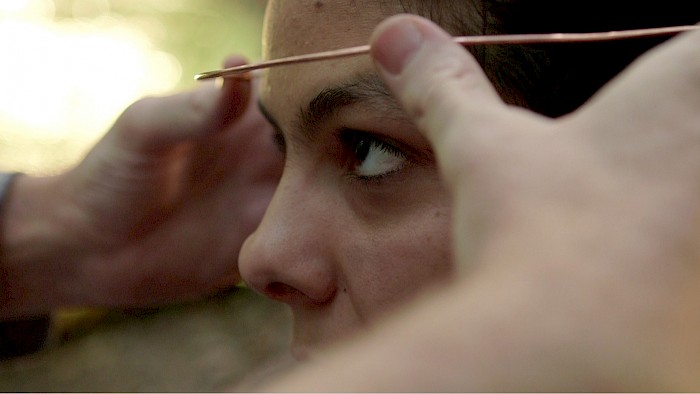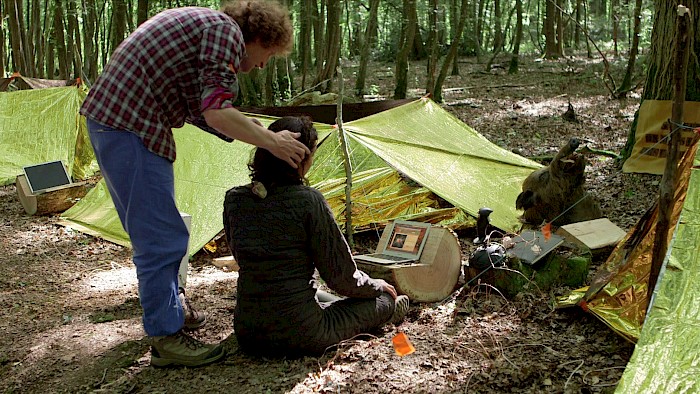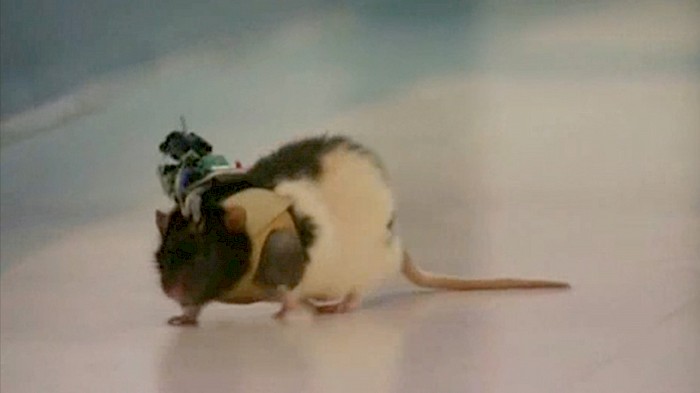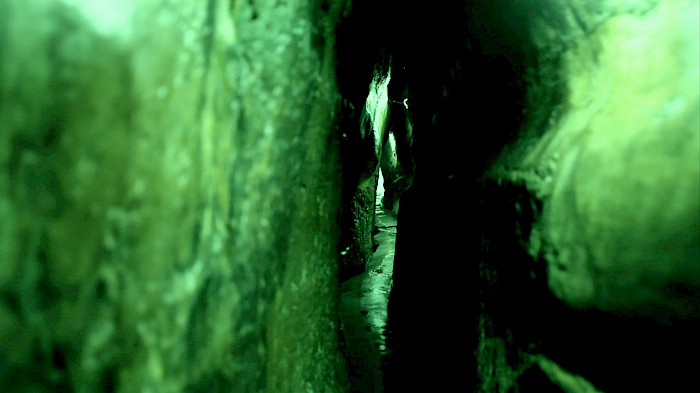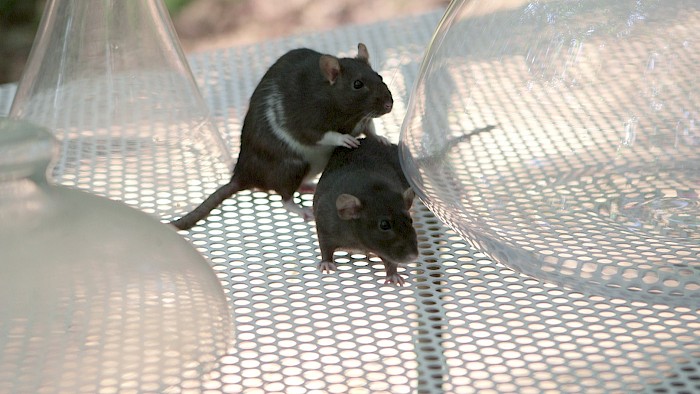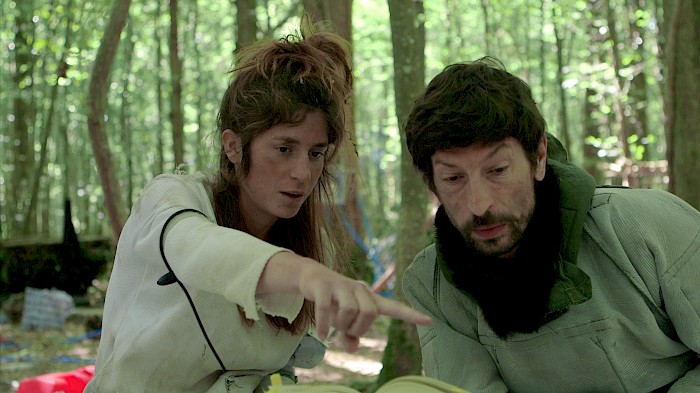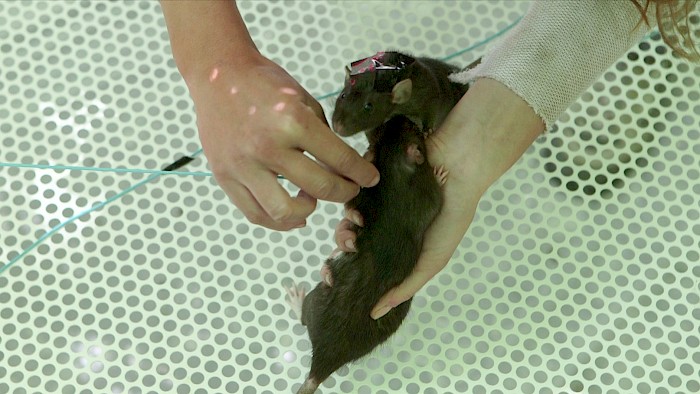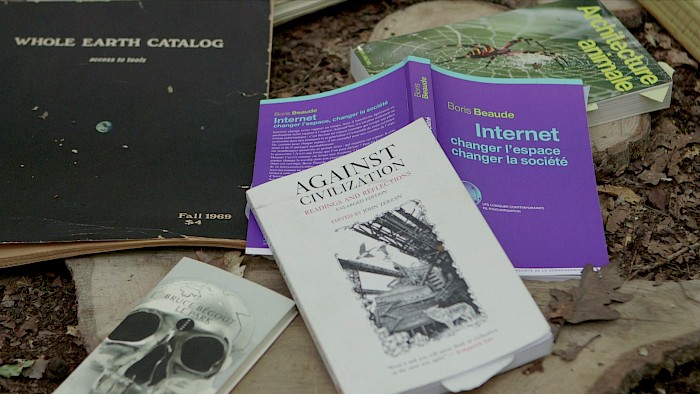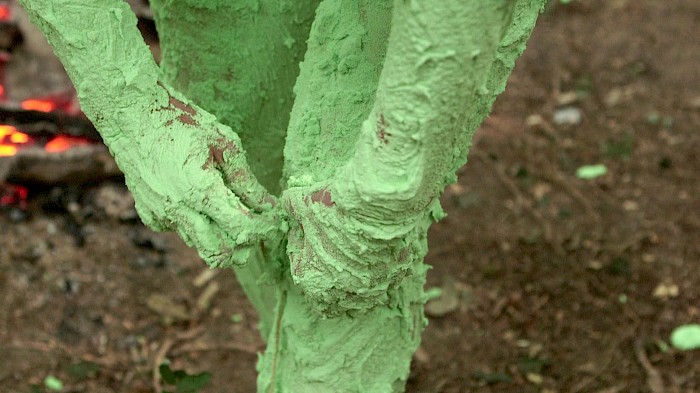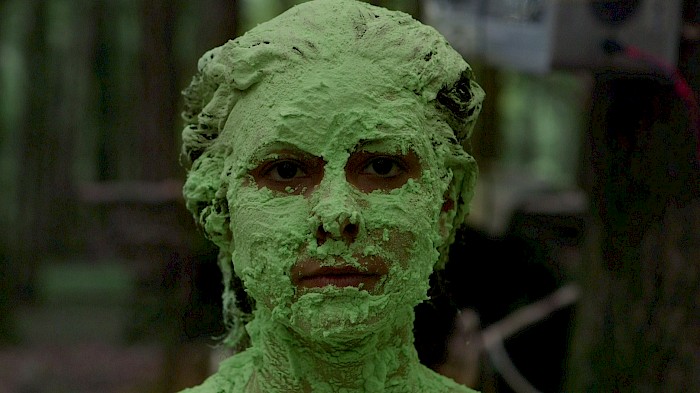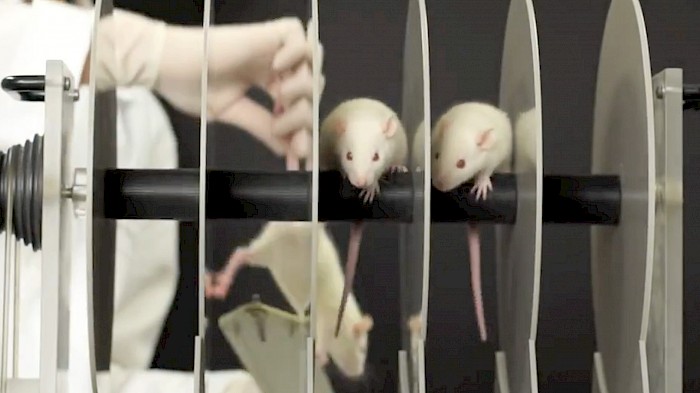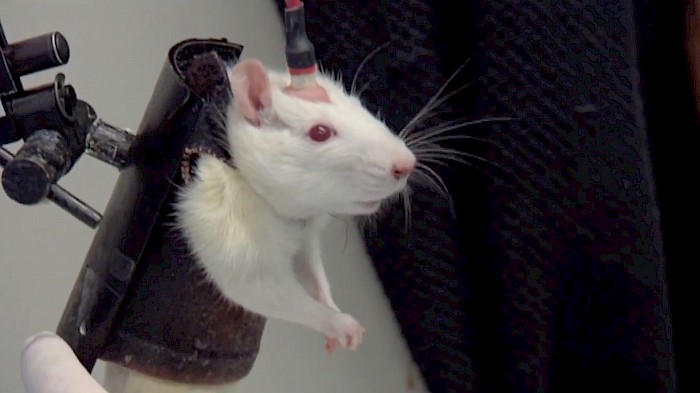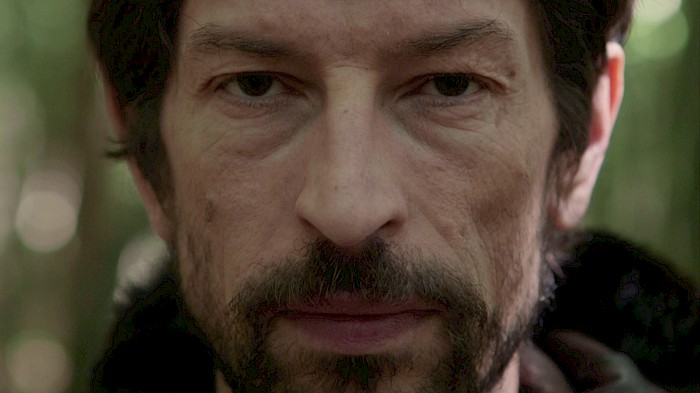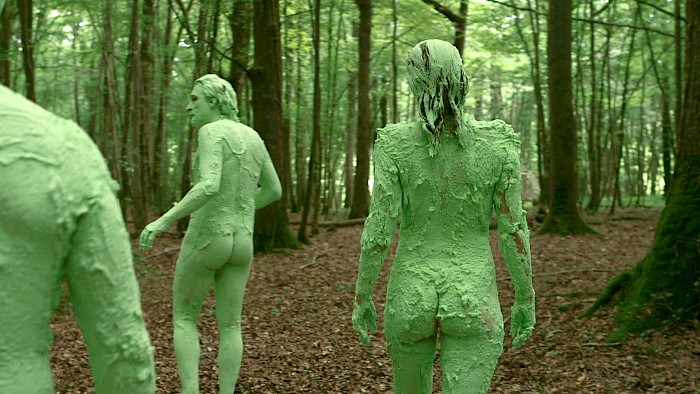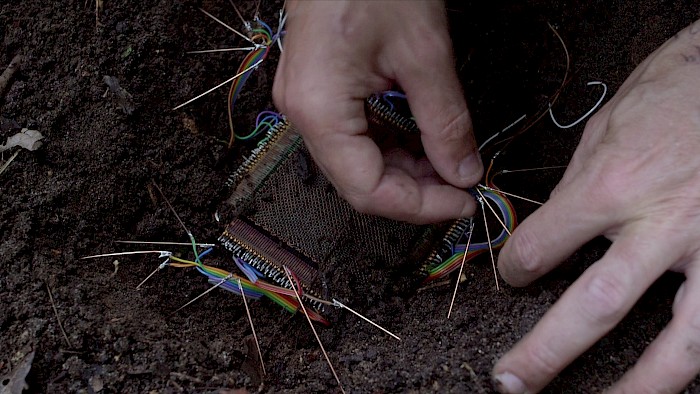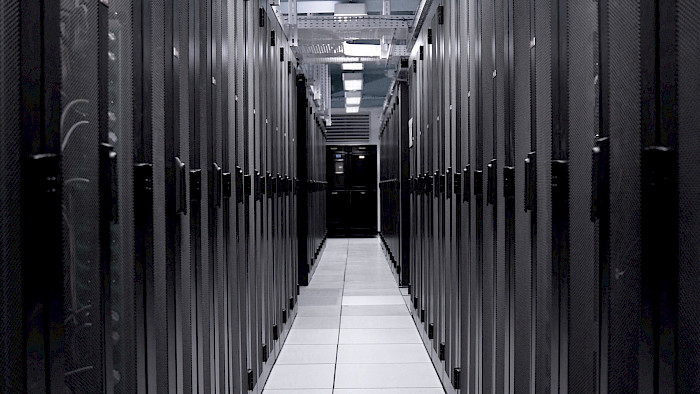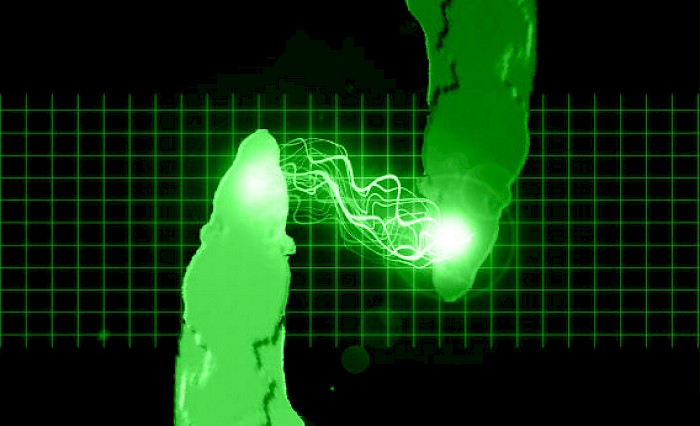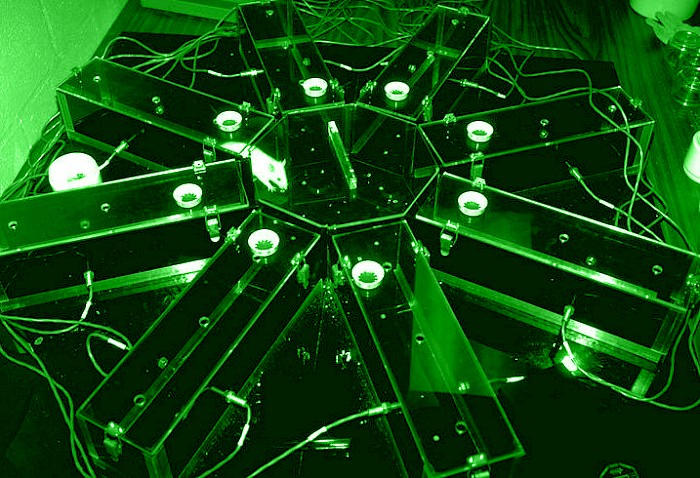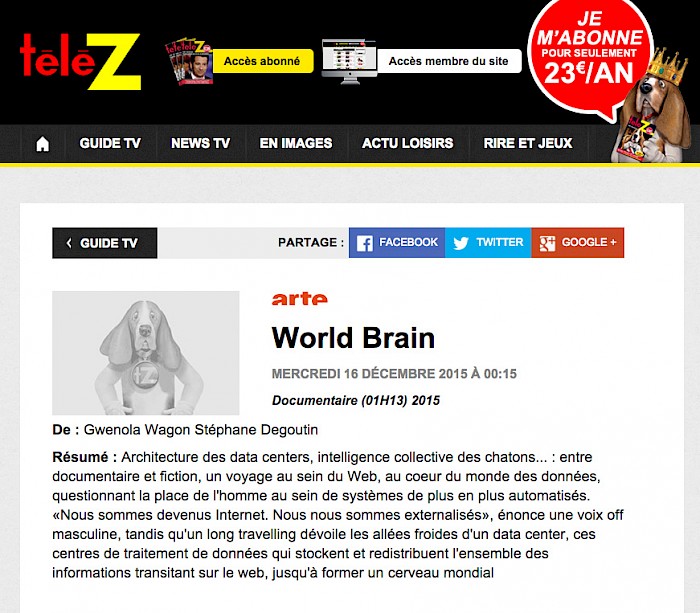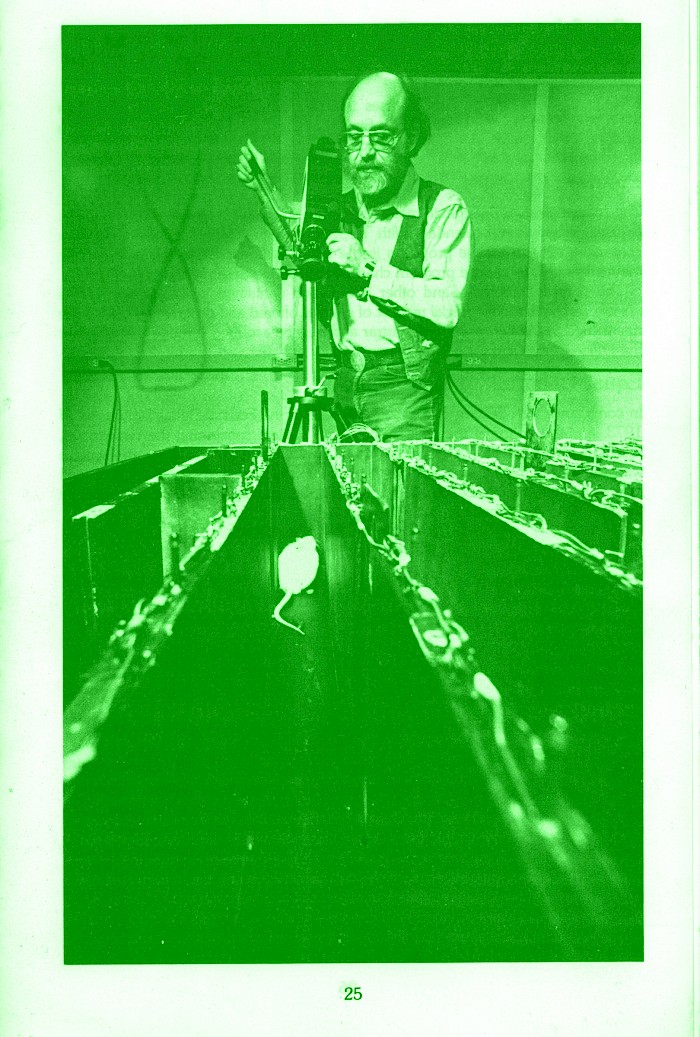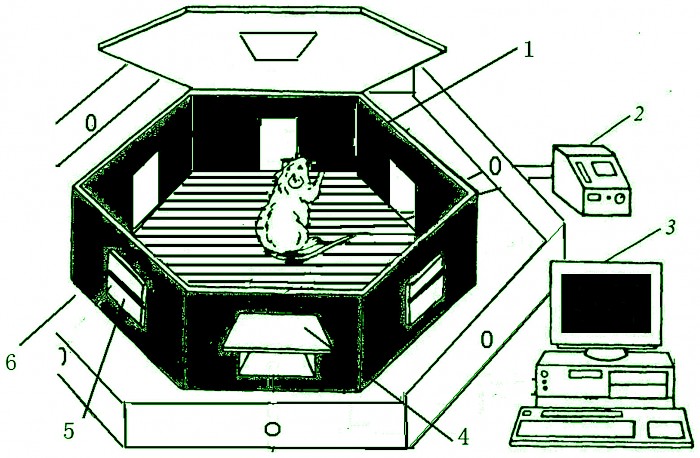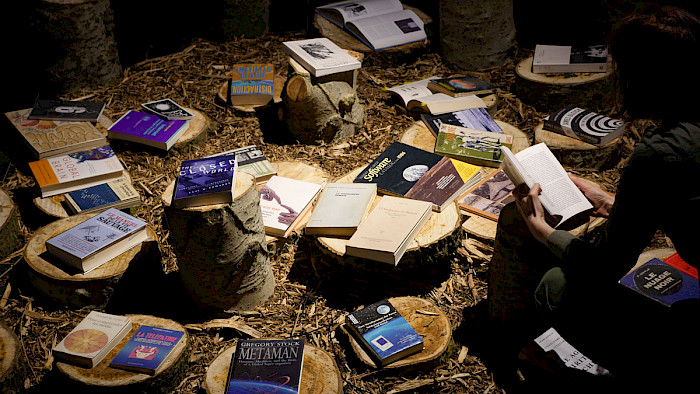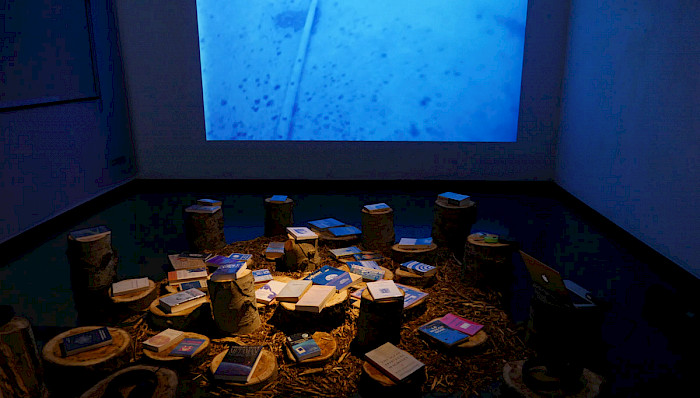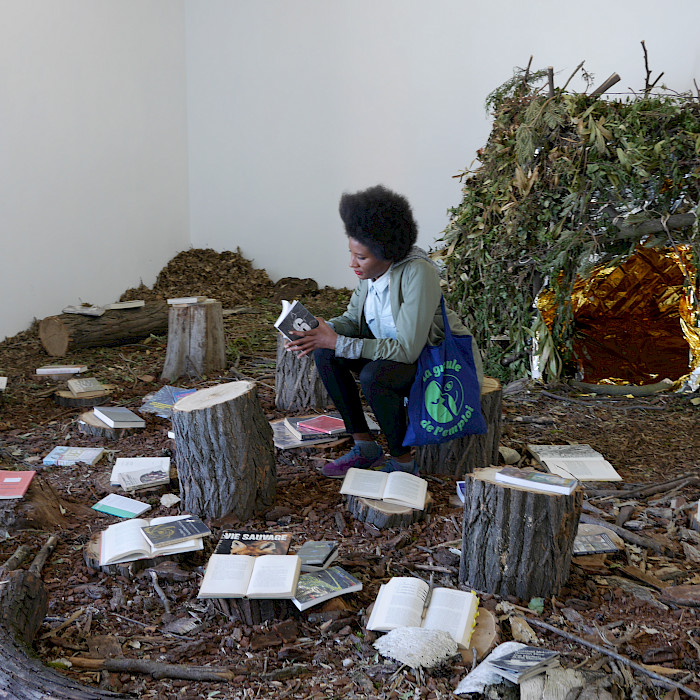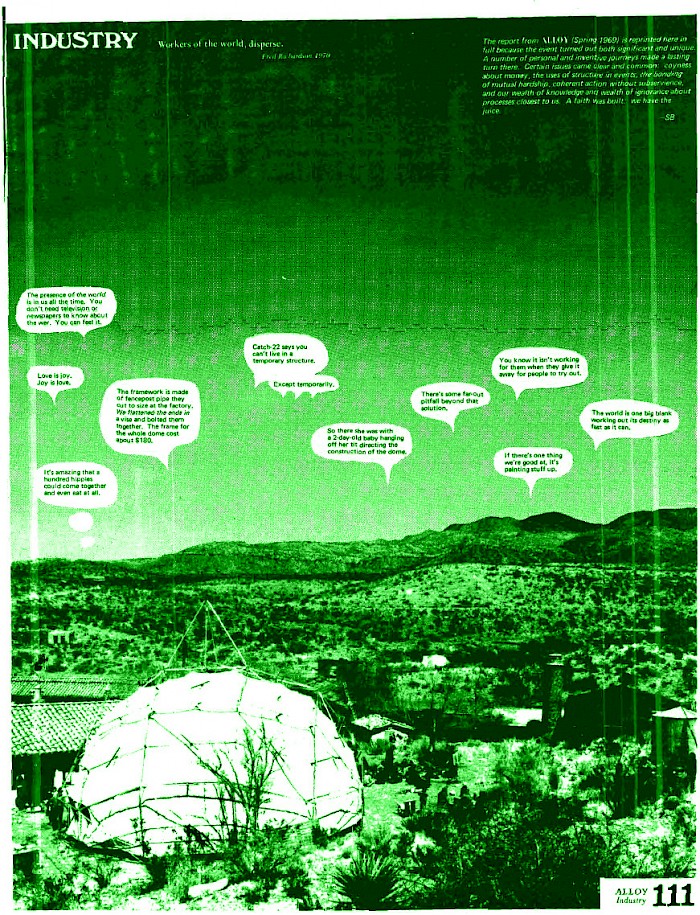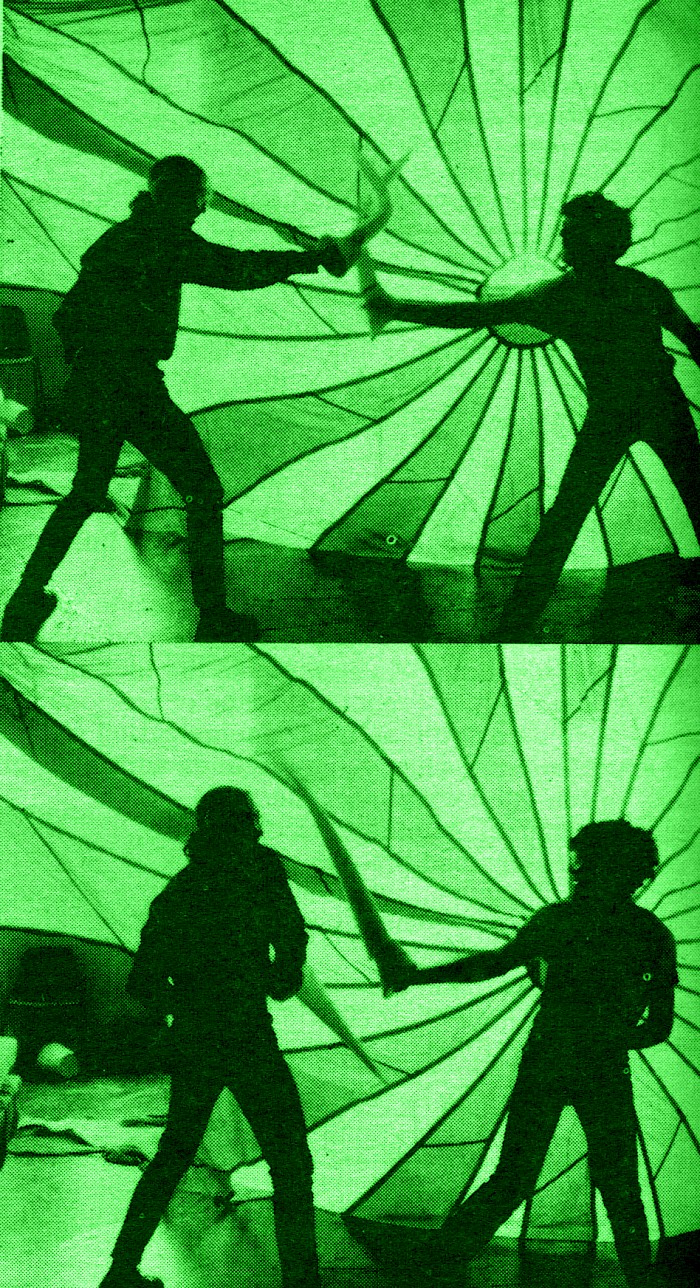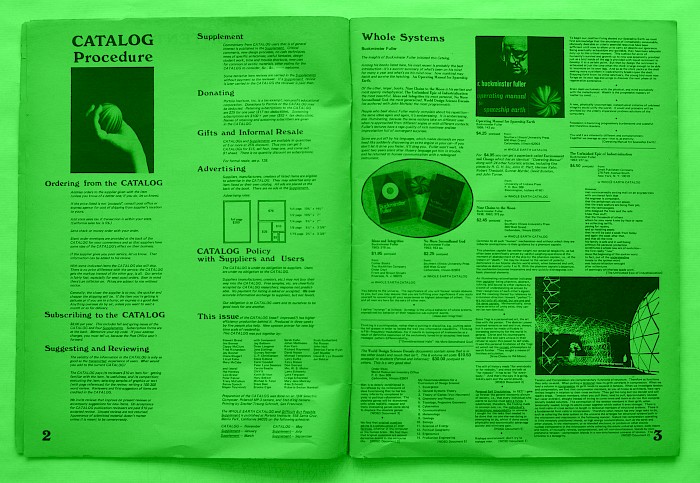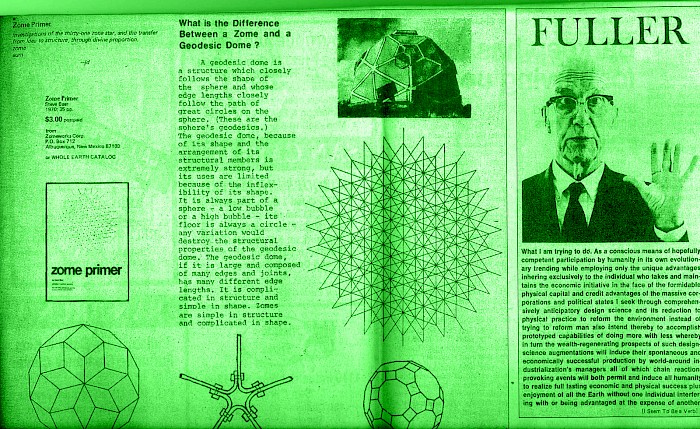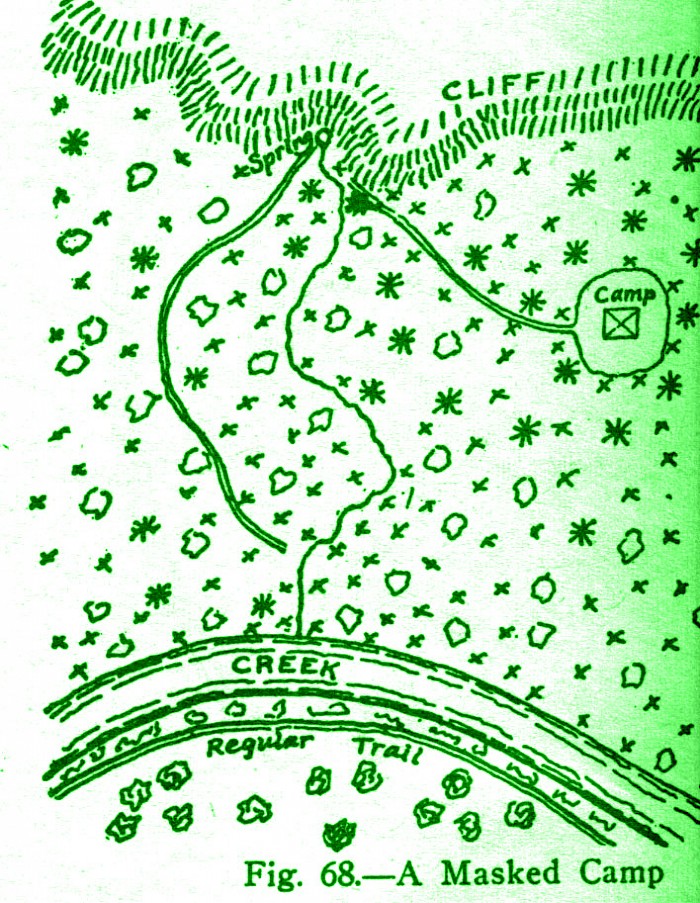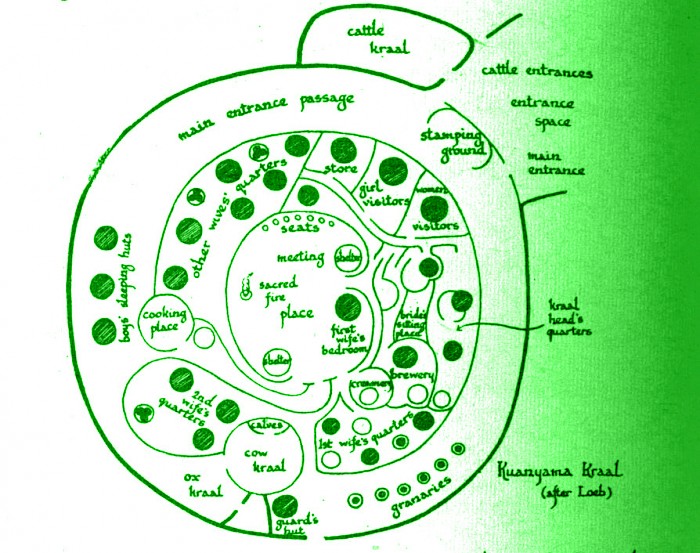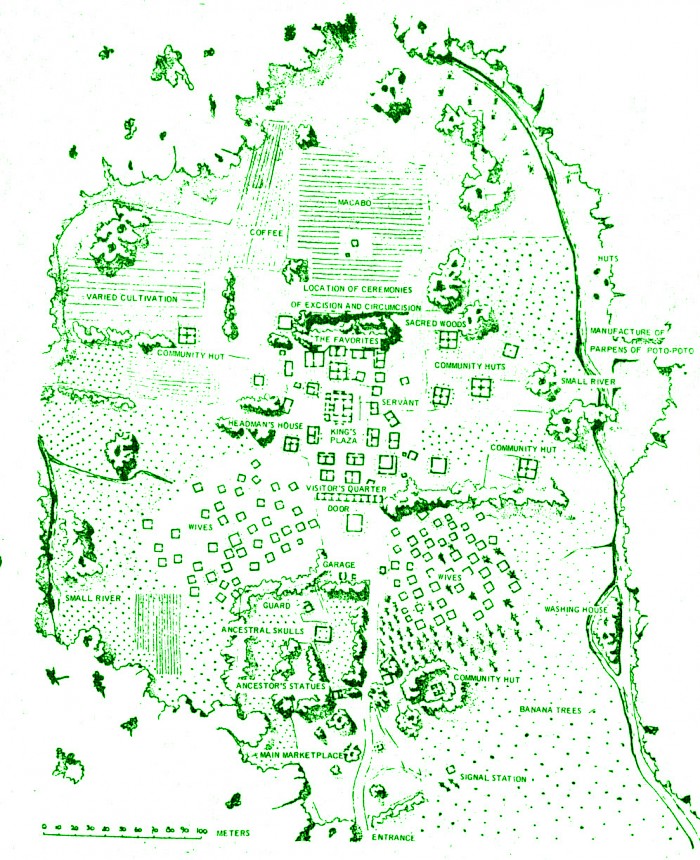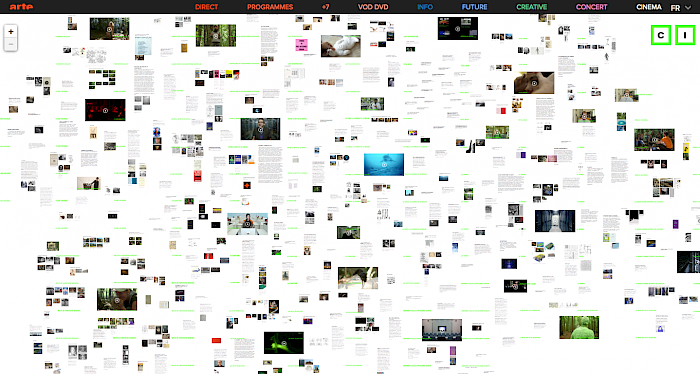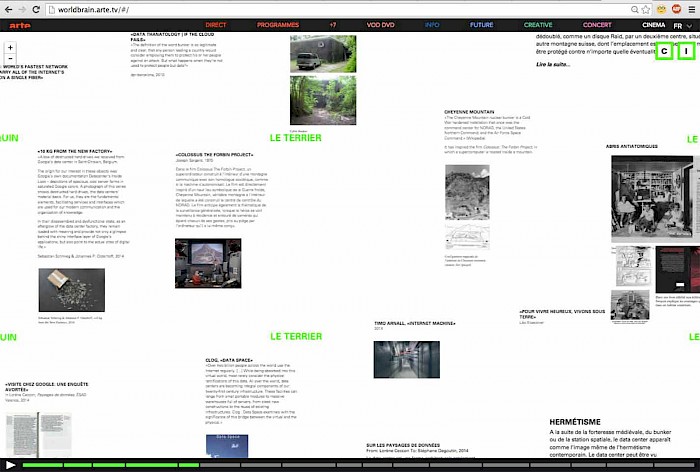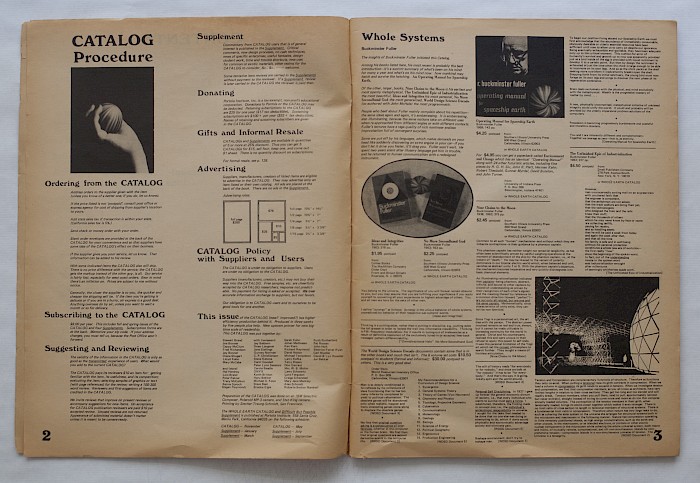Nathalie Stefanov, "World Brain : du réseau à la terre", revue Demeter, 2023
Wiki de la Chaire de Recherche du Canada sur les écritures numériques, page "World Brain"
Jérémy Piette, «Forêt thérapie», les machines à portée d’humain, Libération, 10 juin 2018
Forêt thérapie, 03 Mai - 23 Juin 2018, Paris-art.com, 2018
Andreas Rauth, Dream Of Reason… Interview with Stéphane Degoutin & Gwenola Wagon about their transmedia project World Brain, Jitter Magazine
World Brain editorialisation.org
Transmediale-Film "World Brain" sucht Gedächtnis der Welt (auf Deutsch), Die Zeit, 2015
Carolina Söderholm, Kritik med hjärna, Sydsvenskan, 7 décembre 2015
Infosphere : ces données qui nous entourent, Arte Creative
Elsa Ferreira, World Brain, le vertigineux fantasme d’un cerveau mondial, Makery, 5 mai 2015
Nadja Schlueter, Man braucht nur Luft und Date., Jetzt, 6 février 2015
Science et vie, avril 2015
Dominik Schönleben, Nackt im Wald nur mit dem Wissen aus Wikipedia überleben? Ein Film fragt, ob das wirklich geht, Wired
Stéphanie Lemoine, Une voie vers l'imagination, L'Œil, février 2015
Transmediale 2015 oder wohin konvergieren die phantasmen unserer zeit  ;?, Next Level
Max Hoppenstedt, Mensch-Maschinen aller Länder, vereinigt euch (auf der transmediale in Berlin), Motherboard, Vice, January 23, 2015
Julia Kausch, Haie essen das Internet Das war die Transmediale 2015Das Filter, February, 5th 2015
Kathrin Hondl, SWR2, Kultur Info, Ein Film über Netzmythen und die physische Realität des Internets "World Brain", SWR2
Unika bilder från insidan av Internet, Sveriges Radio
La fossa del nichilista Berlino, artisti contro la sorveglianza digitaleGenerazione X
Le nouveau cerveau du MondeTracks
Emma Guerchon, World Brain : l'expérience d'une humanité connectée, Arte Creative, 29 Janvier 2015
Nicolas Nova, World Brain: a a stroll through data centers, February 18, 2015
Ewen Chardronnet, Transmediale, the great worldwide game, Makery, 2 February 2015
A Berlin, des artistes contre la surveillance numérique, Le Monde
Marie Lechner, Data centers, art around the bunker, Libération, 17 Janvier 2014
Les Rencontres du Réel #8, Festival du cinéma documentaire, Cinéma Lux, Le-Buisson-De-Cadouin, 8 novembre 2024
"Ragpickers' Investigations into the Internet", Soundimageculture, Brussels, september 27, 2024.
Marseille carrefour des câbles sous-marins, Bibliothèque de l'Alcazar, Marseille, 21 septembre 2024.
World Brain, curator Natalia Fedorova 2nd Curatorial Forum, St. Petersburg, Russie Cache dans les bois I curate in AIR Gallery, ITMO University, november 22th, 2020 -5pm
Exhibition Forêt thérapie, CAC La Traverse, Alfortville (France), may 3 – june 23, 2018
Exhibition All I Know Is What's On The Internet, The Photographer's Gallery, Londres, october 28, 2018 – february 24, 2019
Exhibition La belle vie numérique, EDF Foundation, Paris, november 17, 2017 – march18, 2018
Exhibition Non Compliant Futures, Eastern Bloc, Montréal, Québec, september 27 - october 1, 2017
Exhibition Infosphere, Centro National de las Artes, Mexico City, may 26 – september 3, 2017
Exhibition Are We Human ? Istanbul Biennial, october 22 – november 20, 2016
Exhibition Caméra(auto)contrôle Centre de la photographie, Genève, june 1 – july 31, 2016
Exhibition Nervous Systems. Quantified Life and the Social Question, HKW Haus der Kulturen der Welt, Berlin, Germany, march 11 – may 9, 2016
Exhibition Futurs non conformes #1 Mythologies, Jeu de Paume virtuel, april - october 2016
Screening of the film on Arte TV channel, december 15, 2015
World Brainn Survival Tools, screening of the film World Brain, performance by Julien Imbert, lectures by Pierre Cassou-Noguès and Emmanuel Ferrand, Gaîté Lyrique, Paris, december 8, 2015
Exhibition and lecture, Medea Showroom, Niagara, Malmö University, Sweden, december 3-10, 2015
Screening and lecture, L'invention du réel, Sauver les phénomènes, Plateau de Millevaches, France, november 28, 2015
Exhibition Project Daejeon 2014 : The BrainW, Daejeon Museum of Art, South Korea, november 22, 2014 - february 22, 2015
Exhibition and screeninng, Every Step You Take - Art and Society in the Digital Age, Dortmund, Germany, november 13, 2015
Innstallation, screening and lecture, Impakt festival, Utrecht, Netherlands, october 31 – november 1, 2015
Screening and lecture, Festival du Nouveau Cinéma, Montréal, october 7-18, 2015
Exhibition Ego Update, NRW Forum, Düsseldorf, september 18, 2015 - january 17, 2016
Exhibition Globale / Infosphere, Zkm, Karlsruhe, september 4, 2015 - january 31, 2016
Screening, HEK Haus der elektronischen Künste, Bâle, june 4, 2015
Installation, Hospice d'Havré, Tourcoing (Fr), may 29 – july 19, 2015
Screening, , Gaîté Lyrique, Paris, april 26, 2015
Exhibition Digital // Analog: Indifferenz, Motorenhalle, Dresde, april 22 – july 22, 2015
Exhibition Surveillance .02, East Wing gallery, Dubai, march 12 – may 7, 2015
Screening, festival Tropisme, La Panacée, Montpellier, march 7, 2015
Online screening, Arte Creative, january 2015
World première, Transmediale, HKW, Haus der Kulturen der Welt, Berlin, january 29, 2015
Lecture, Signals:24/7, International Film Festival, Rotterdam, Netherlands, january 21 - february 1, 2015
